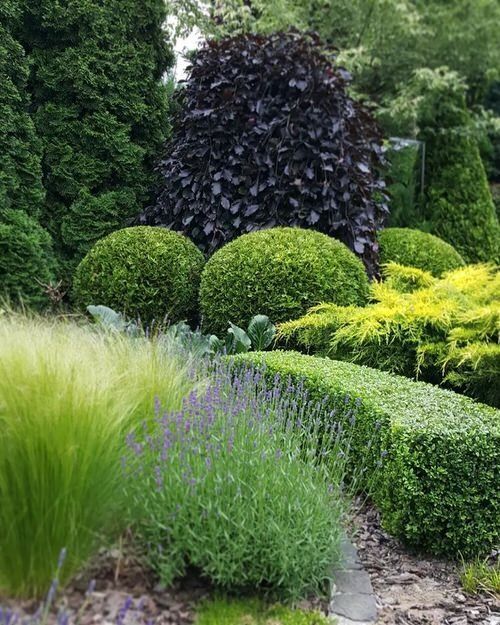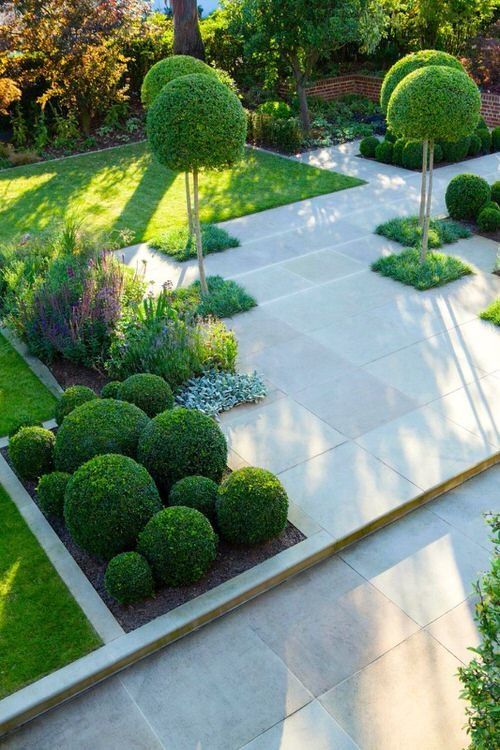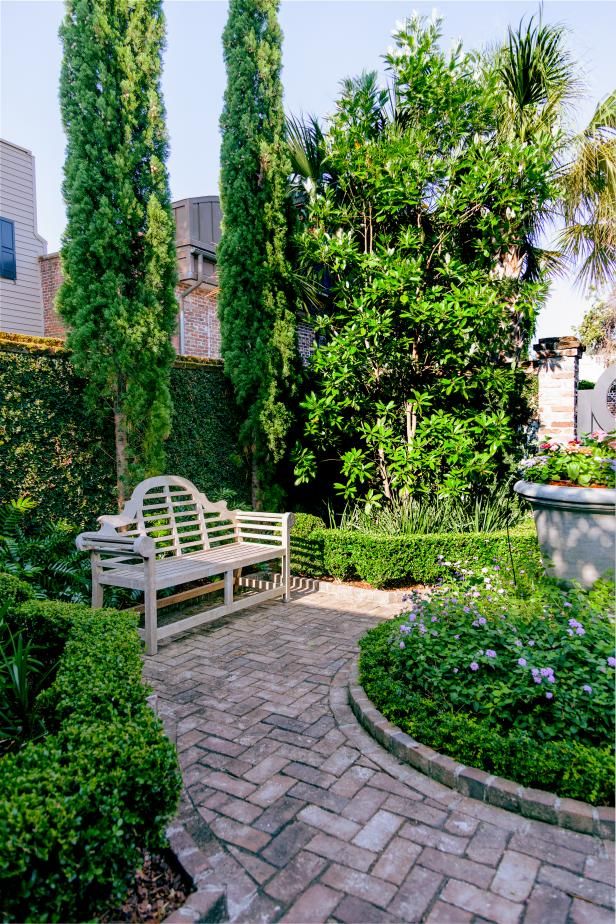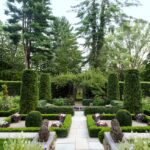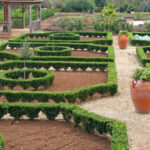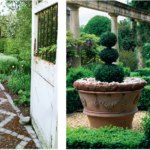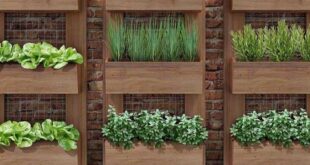Formal garden design is a timeless and elegant style that has been popular for centuries. This type of garden typically features symmetrical layouts, geometric shapes, and carefully planned patterns. The origins of formal garden design can be traced back to ancient Persia and Egypt, where elaborate gardens were created to showcase wealth and power.
One of the key principles of formal garden design is balance and symmetry. This means that the garden is often divided into equal parts, with pathways, hedges, and flower beds arranged in a mirror image. This creates a sense of order and harmony, and gives the garden a structured and organized appearance. Formal garden design is also characterized by precise lines and clean edges, which help to define different areas of the garden and create a sense of precision.
Another important aspect of formal garden design is the use of geometric shapes. Rectangles, squares, circles, and triangles are commonly used to create patterns and structures within the garden. These shapes are often repeated and interconnected to create a sense of unity and cohesion. The use of geometric shapes can help to create a sense of rhythm and movement within the garden, and can add visual interest and complexity to the design.
Formal gardens are also known for their meticulously manicured lawns and hedges. Grass is often kept short and perfectly trimmed, while hedges are carefully sculpted into various shapes and designs. This level of precision and attention to detail requires regular maintenance and upkeep, but the end result is a stunning and elegant garden that exudes sophistication and style.
In addition to geometric shapes and symmetrical layouts, formal gardens often feature ornate focal points such as statues, fountains, and pergolas. These elements add a sense of grandeur and drama to the garden, and serve as eye-catching focal points that draw the viewer’s attention. These focal points are often strategically placed within the garden to create visual interest and provide a sense of balance and harmony.
Overall, formal garden design is a classic and timeless style that can add a touch of elegance and sophistication to any outdoor space. By incorporating balance, symmetry, geometric shapes, and ornate focal points, you can create a stunning garden that is both visually appealing and functional. Whether you have a small courtyard or a sprawling estate, formal garden design can help you create a beautiful and harmonious outdoor oasis that you can enjoy for years to come.
 yishifashion Where Outdoor Dreams Become Reality
yishifashion Where Outdoor Dreams Become Reality
